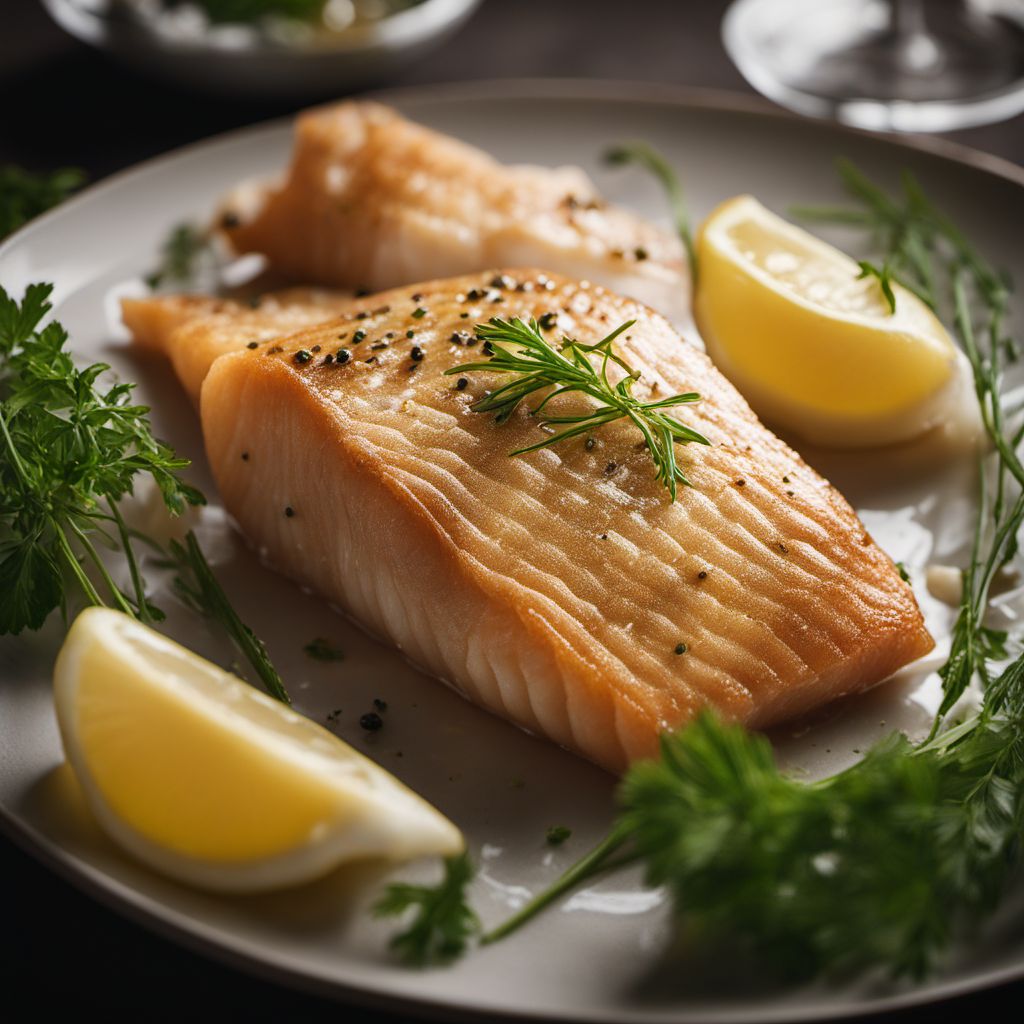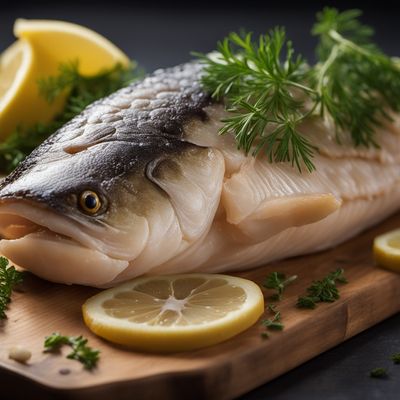
Ingredient
Cod, greenland
The Arctic Treasure
Greenland cod has a mild, slightly sweet flavor with a delicate and flaky texture. The flesh is white and tender, making it versatile for various cooking methods. It is often compared to other white fish like haddock or cod, but with a milder taste.
Origins and history
Greenland cod is native to the Arctic and sub-Arctic regions, including Greenland, Iceland, and parts of Canada and Russia. It has been a vital food source for indigenous communities in these areas for centuries. Greenland cod is sustainably harvested and plays a significant role in the local economies and cultures of these regions.
Nutritional information
Greenland cod is a lean fish that is low in calories and fat, while being a good source of high-quality protein. It is also rich in omega-3 fatty acids, which are beneficial for heart health and brain function.
Allergens
Greenland cod is not known to be a common allergen, but individuals with fish allergies should exercise caution and consult with a healthcare professional before consuming it.
How to select
When selecting Greenland cod, look for fillets or whole fish that are firm and have a fresh, clean smell. The flesh should be translucent and free from any discoloration or blemishes. If purchasing frozen cod, ensure that it is properly sealed and has not been thawed and refrozen.
Storage recommendations
Greenland cod should be stored in the refrigerator at temperatures below 40°F (4°C). If purchasing fresh cod, it is best to consume it within 1-2 days. Frozen cod can be stored for several months in the freezer. To maintain its quality, wrap the fish tightly in plastic wrap or place it in an airtight container before refrigerating or freezing.
How to produce
Greenland cod is primarily caught in the wild, but it can also be farmed in some regions. It requires cold, clean waters to thrive. Commercial fishing methods, such as longlines or trawling, are used to catch Greenland cod in the wild.
Preparation tips
Greenland cod can be prepared in various ways, including baking, grilling, frying, or poaching. It can be seasoned with herbs, spices, or citrus flavors to enhance its delicate taste. Popular dishes featuring Greenland cod include fish and chips, fish stews, or simply pan-seared with a squeeze of lemon juice. Avoid overcooking, as it can cause the fish to become dry and lose its delicate texture.
Substitutions
Haddock or cod can be used as substitutes for Greenland cod, as they have similar flavors and textures. However, the taste may vary slightly. If a recipe calls for Greenland cod, other white fish like pollock or hake can be used as alternatives.
Culinary uses
Greenland cod is commonly used in Nordic and Scandinavian cuisines, where it is featured in traditional dishes like lutefisk, a preserved fish dish, or gravlax, a cured salmon dish. It is also popular in fish soups, fish cakes, and as a main ingredient in fish and chips.
Availability
Greenland cod is primarily available in the Arctic and sub-Arctic regions, including Greenland, Iceland, Norway, Canada, and Russia.

